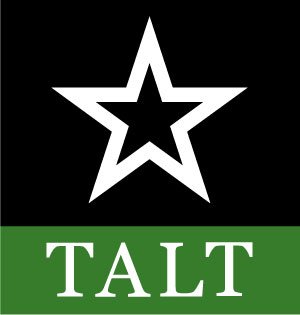Donop Llano River Ranch
Perry Donop Jr. knows the details of his family history in Texas going back to the 1800s, from the time his forebears made the journey from Germany to Texas in 1845. It was a journey fraught with peril, with several family members dying of cholera on the trip, and the ship foundering in a horrific storm off the Texas coast. But Donop’s ancestor Heinrich Conrad Pluenneke made it to shore, and eventually ended up in Fredericksburg where he married, and then purchased land in 1859 that would be handed down for generations.
The family land in present-day Mason County has been a working ranch ever since, but over the years, other surrounding ranches have been cut up into pieces and sold, a familiar story across Texas and beyond. While the land may be a precious legacy, the practical matter is that it can be expensive to maintain.
“I keep our family ranches because I love them,” said Donop. “You can be a really good rancher if you have oil and gas on your land, but if you don’t, it’s an expensive proposition. You have to love them because they don’t always make much money, and in fact you can lose money hand over fist.”
That unfortunate fact leads many families to heartbreaking decisions when land is passed from one generation to the next. A portion of Donop’s family ranch was sold off by another heir, and Donop has watched with trepidation what is happening all around him today.
“The ranch in Mason County is about the only tract left around here near the Llano River that hasn’t been chopped up into little pieces,” he said. “That’s why I’ve placed a conservation easement on it through the Texas Agricultural Land Trust (TALT). I want it to remain a historic ranch. I don’t want to see all that history just chopped up into pieces after I’m gone.”
Donop did his research before reaching out to TALT.
“Their program is geared toward people that are ranchers who are still working the land,” said Donop. “Once I had a few conversations with TALT, I knew it was going to be a real good fit for me and that we would be able to continue on as a ranching operation, like it always has.”
The easement forever protects 423 acres of the original 1859 ranch, including Llano River frontage. It provides habitat for a variety of native species from white-tailed deer to songbirds, waterfowl and upland game birds. Current land use includes grazing and hunting. Donop’s goal is to protect the fragile riparian areas from future development while maintaining current land uses in agricultural and wildlife.
According to the Texas Land Trends report, Mason County is in an area of rapidly increasing fragmentation. Due to the population explosion in the Texas Hill Country, increased development pressure is spreading west from the IH 35 corridor, creating one of the most threatened regions of Texas, with rapidly escalating land values and loss of agricultural lands.
Donop encourages other landowners who want to preserve their family land legacy to learn more about conservation easements.
“There is a lot of misinformation out there about what you can and can’t do on your own land if there is an easement,” he said. “What I learned is that I can do pretty much everything I’m doing now while protecting this historic property for generations to come.”
Donop is comforted in knowing that the land that has been in his family since 1859, the land where Heinrich Conrad Pluenneke and his ancestors are buried in a family cemetery on the ranch, will be forever protected.
All photos by Wyman Meinzer





